Seville, the colorful charming city of Andalusia, is located in southern Spain and is one of the top tourist destinations in Spain. It is known for its unique architecture and history, strong Tapas culture, and as the birthplace of Flamenco.
With so many amazing cities to explore in Spain one is bound to ask ‘What’s so special about Seville?’ and ‘Is Seville worth visiting?’. If you are thinking if Seville is worth your dime and time, then read on as we will dive into the reasons why it is and why it is not.
Seville is definitely worth visiting. It is a city that provides a truly Spanish experience. This small, vibrant city is home to various architectural wonders, including Seville Cathedral, the Archbishop’s Palace, and the Royal Alcazar. It is the birthplace of Flamenco and one of the best places in Spain to explore the Tapas culture and world-famous bullfighting tradition.
Is Seville worth visiting?
Table of Contents
Seville’s Unique and Outstanding Architecture
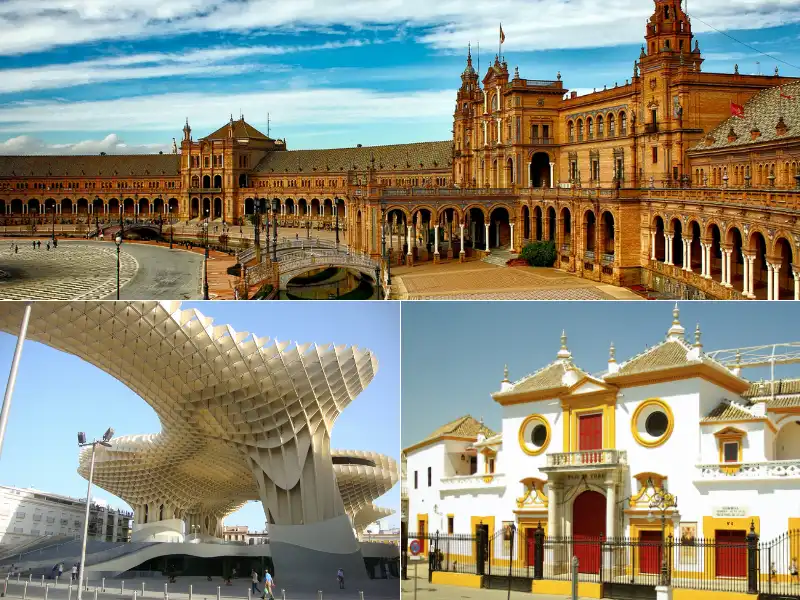
Seville’s one-of-a-kind and extraordinary architecture is the main reason it is one of the most fascinating cities to visit in Spain. Seville’s remarkable architecture is unquestionably the city’s main tourist attraction.
This city is home to various architectural marvels that are quite unique in comparison to the rest of Europe. Seville is a modern Spanish city that features numerous historical architectural masterpieces, including the Alcazar palace, Plaza de Espana, and Seville Cathedral.
Apart from its unique historical buildings, there are also numerous modern architectural masterpieces in Seville like Setas de Sevilla and Plaza de Espana.
Seville has been the home to various empires over the course of its thousands of years of history. All of these empires came and went, but they left their legacies in the form of Seville’s amazing architecture, which can still be seen in modern-day, Seville.
While Seville is best recognized for its unique Moorish-style architecture, the city also features historical buildings influenced by Gothic, Mudejar, and Renaissance styles. Especially, Seville cathedral which is the largest gothic church in the world, and the century-old Royal Alcazar palace are must-visit architectural masterpieces of Seville.
🔥 Trending post: Is Gibraltar Worth Visiting? Yes and No…Here’s Why?
Seville offers authentic Spanish Culture

If you want to immerse yourself in authentic Spanish culture, Seville is unquestionably one of the best destinations to visit in Spain. Spain cannot be imagined without its passionate Flamenco dance, world-famous bullfighting events, and delectable Tapas culture, which are its main cultural aspects.
All of these incredible cultural activities are available to explore and experience in Seville. Seville, in particular, is a hotspot for Flamenco dancing, which is at the core of Spanish culture.
Aside from Flamenco dance, Seville is a terrific site to enjoy world-famous Spanish bullfighting events and enjoy amazing Tapas. Anyone who is interested or wants to know more about Spain’s bullfighting culture should visit Seville’s ‘Plaza de Toros‘, which is Spain’s largest and most renowned bullring. Seville also holds one of the largest bullfighting events in the world during the Feria de Abril.
Unique and Interesting History
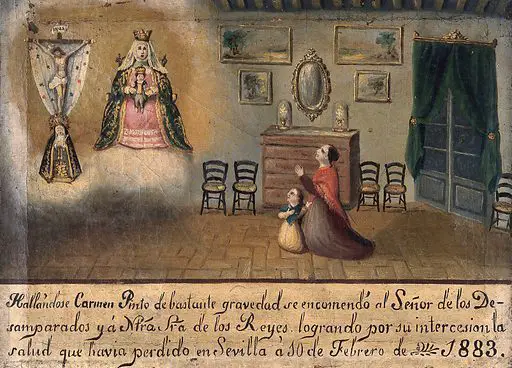
Seville has a rich and interesting but turbulent history. Can you believe that Seville was once home to Phoenicians, Greeks, Romans, Moors, and Visigoths? It’s difficult to believe that this lovely and charming city has such turbulent history and has been home to so many empires.
Throughout Seville’s thousands of years of history, numerous civilizations have come and gone, but their cultural influence can still be felt in the city’s unique culture, art, and architecture.
Seville was founded in the 8th century BC by Phoenicians and Greeks. However, the Romans took possession of the city in 205 BC and maintained control for approximately 600 years. Seville thrived under the Romans and became a significant city on the Iberian peninsula.
Later, in 712, the Moors take possession of Seville and remake it into a series of architectural marvels. In 1248, Ferdinand III The Saint conquered Seville for Christianity. Later in the 16th century, when Christopher Columbus discovered the Americas, Seville became the most important port and wealthiest city in the vast Spanish kingdom.
Perfect base to explore Andalusia
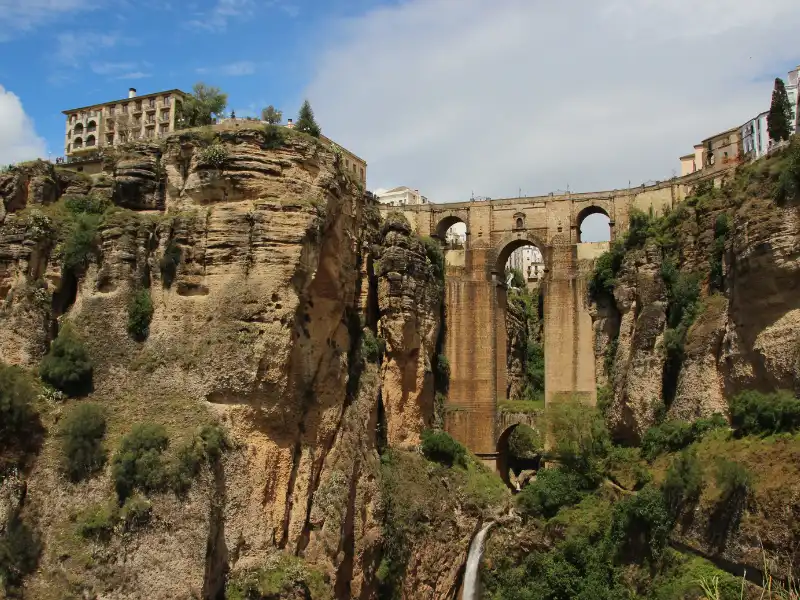
Seville is the capital city of Andalusia, as well as the perfect base for exploring the region’s other charming cities. Andalusia is one of the most visited regions in Spain owing to its picturesque landscape, sandy beaches, stunning mountain ranges, and one-of-a-kind art, history, and culture.
Many of Spain’s top tourist destinations, including Malaga, Seville, Cordoba, Cadiz, and Granada, are located here. That is why, every year, millions of visitors come to this magical region to enjoy and discover its one-of-a-kind and remarkable grandeur.
If you wish to explore the magical land of Andalusia, Seville is the ideal base. Day trips from Seville to many other beautiful Andalusia cities are easy to arrange. Seville is only 50 minutes from Cordoba, 2½ hours from Granada, 2 hours from Malaga, 3 hours from Ronda, and 1.5 hours from Cadiz.
🏖You may also like: Is Sorrento Worth Visiting? 15 Good Reasons Why You Must!
Seville Cathedral: World’s third-largest cathedral
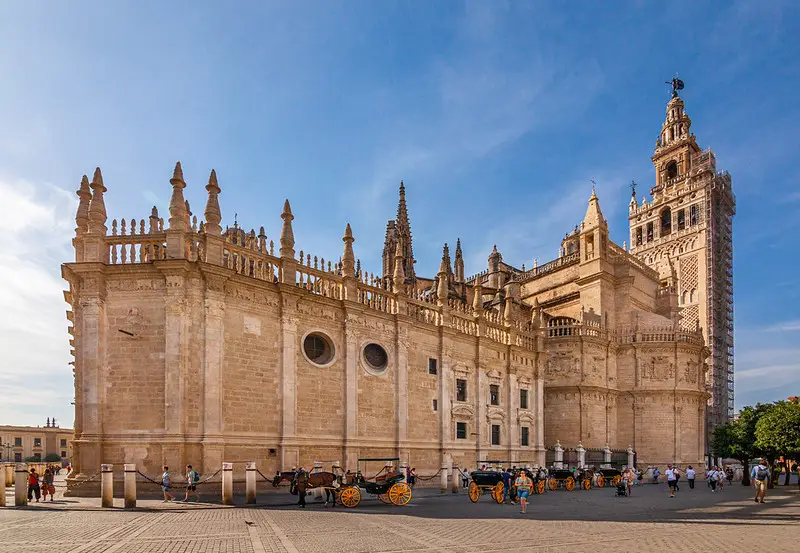
Seville Cathedral is the world’s third-largest cathedral and the world’s largest Gothic church. This magnificent architectural masterpiece is unquestionably a must-see attraction in Seville.
The length of this massive cathedral is 127 meters, the width is 83 meters, and the maximum height is 42 meters. This cathedral was built between 1401 and 1506 in place of the city’s 12th-century mosque.
Because of its cultural and historical significance, this church has been listed as a UNESCO World Heritage Site. Seville Cathedral, with its outstanding Gothic woodcarvings, valuable religious artworks, and beautiful Spanish paintings, must be on your itinerary.
🏖You may also like: Is Amalfi Coast Worth Visiting? 17 Good Reasons to Visit the Amalfi Coast
The Royal Alcazar Palace
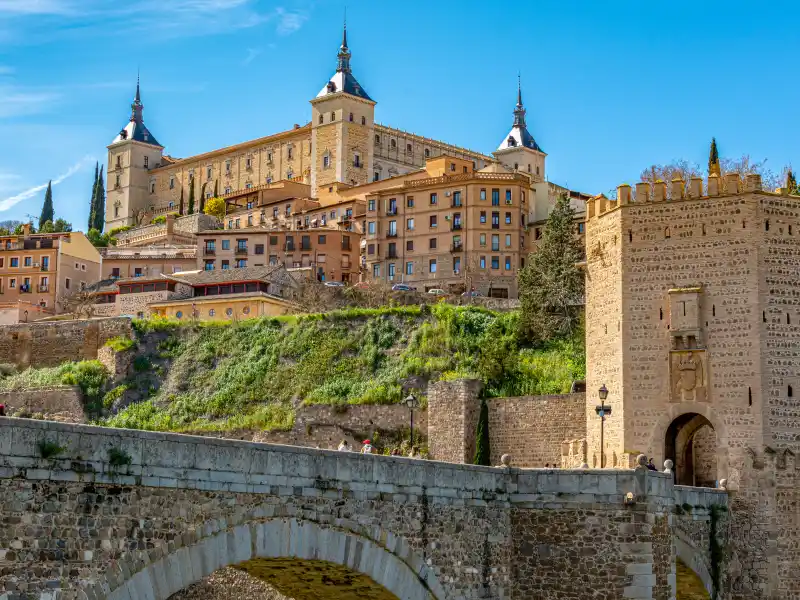
The Royal Alcazar Palace is another UNESCO World Heritage Site and popular tourist site in Seville. It was also used as a filming location for “Game of Thrones” due to its incredible beauty and historical significance.
The Royal Alcazar Palace is one of the finest examples of Mudejar architecture in the Christian kingdom of Spain (a fusion of Moorish and Renaissance styles). The Moorish rulers started building this palace in the 10th century, but its development continued until the 19th century. Today, this palace consists of numerous magnificent buildings, patios, and gardens.
Church of the Divine Savior
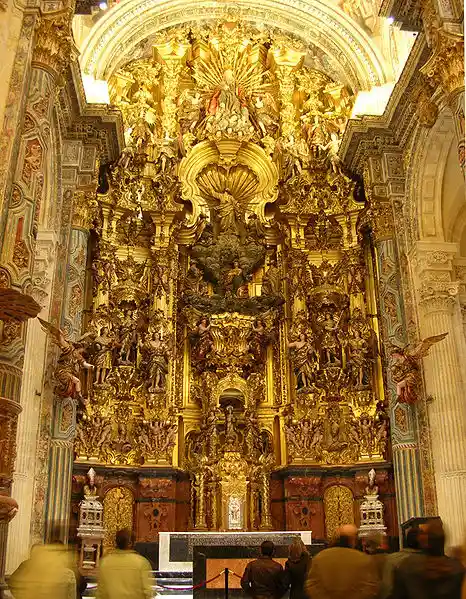
After the Cathedral of Seville, the Church of the Divine Savior is Seville’s second most important church. This church is well-known for its beautiful Baroque interior design and fascinating history.
The church was built on the site of a Roman temple and a well-known mosque during the Moorish period. However, in 1248, the forces of Ferdinand III of Castile captured Seville for Christianity, and the church was built on this location.
Unfortunately, the church collapsed in the 16th century due to deterioration over time. To prevent this from happening again, the reconstruction of this church started again in 1674 and was completed in 1712 under the architect Leonardo de Figueroa. Today, this cathedral has become one of Seville’s most popular attractions due to its rich history, fine woodcraft, and magnificent main altar.
Plaza de Toros: Largest Bullring in Spain
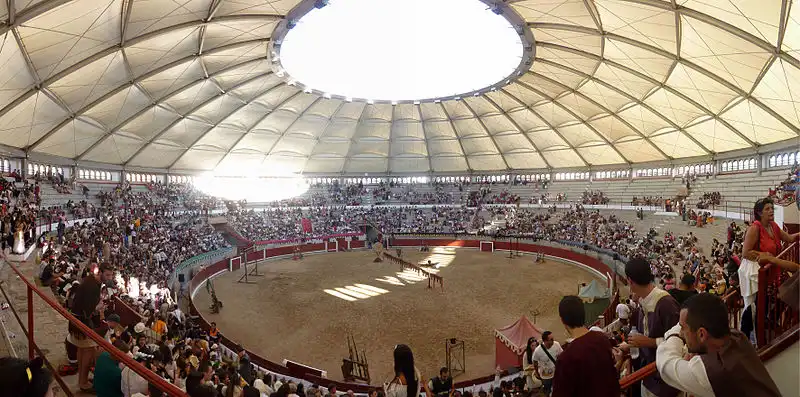
Seville’s Plaza de Toros is a must-visit for anybody interested in Spain’s world-renowned bullfighting tradition. Plaza de Toros is the largest and most prominent bullring in Spain.
It was built in 18th century and can accommodate 14000 spectators. In fact, this bullring hosts one of the world’s largest bullfighting festivals. If you wish to learn more about Spain’s bullfighting tradition, you should visit the “Museo Taurino” or “Museum of Bullfighting” in Plaza de Toros.
This museum exhibits paintings and items that depict the history of bullfighting from the 18th century to the present day. There are also statues of people who have made major contributions to the history of bullfighting in this museum.
Casa Pilatos Sevilla
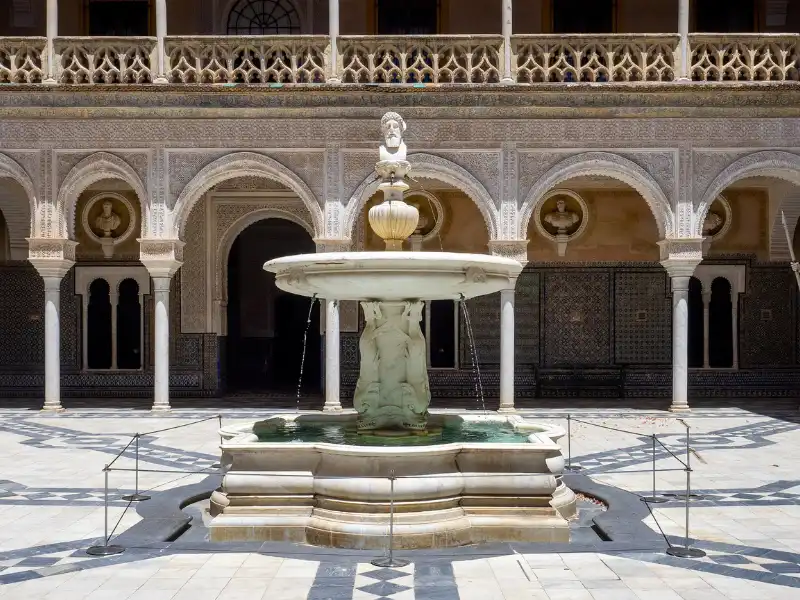
Casa Pilatos, after the Alcazar, is Seville’s most elegant palace. Several Hollywood films have been filmed at this palace due to its exceptional beauty and historical relevance.
This palace was constructed in the sixteenth century by Don Pedro Enriquez and, surprisingly, it has been rather well preserved in comparison to other buildings of the era.
As with many other historical buildings in Seville, this palace is an exquisite blend of Gothic, Mudejar, and Renaissance architecture. Casa Pilatos is well-known for its magnificent patio, exquisite ceiling paintings, vibrant ceramic tiles, and colourful gardens. This magnificent palace is a must-see for its breathtaking splendor, which mesmerises those who visit.
Tapas Culture
Tapas are at the heart of the Spanish culture. Without Tapas, Spanish culture would be difficult to imagine. If you also want to explore Spain’s Tapas culture Seville is one of the best places to go in Spain.
Seville is known for its deep-rooted Tapas culture. In Seville, there are around 3000 Tapas bars where you may sample this small plate of food accompanied by wine or beer.
Exquisite Archbishops palace
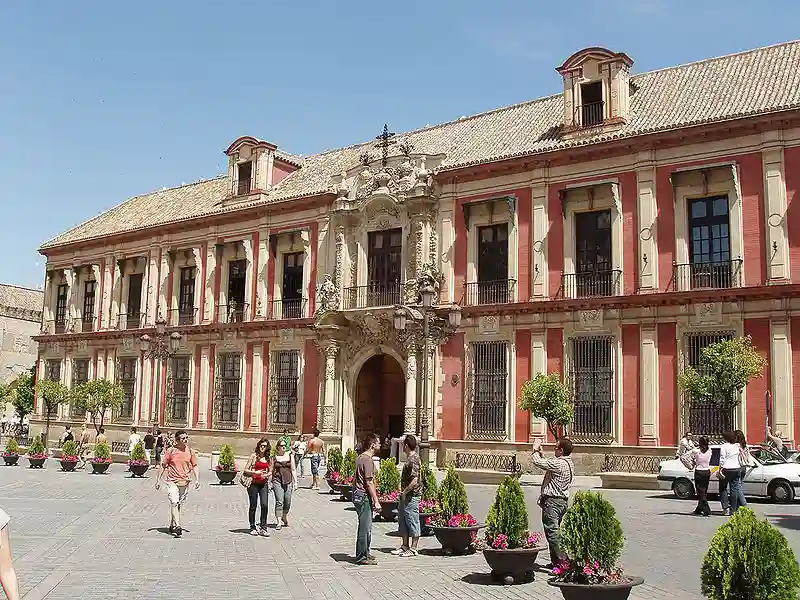
The archbishop’s palace is another important and historical building in seville. Following Ferdinand III of Castile’s reconquest of Seville in 1248, this palace was built as the residence for the bishops and archbishops of Seville.
Today, this magnificent palace is regarded as one of the finest examples of Spanish Baroque style architecture. The facade of this palace is of red color with white pilasters and large balconies.
Its interior is exquisitely decorated with statues and beautiful paintings on the ceiling. Also there is a library in the palace, which houses a remarkable collection of paintings and sculptures from the Baroque period, as well as numerous church documents dating back to the 14th century.
Palacio de las Duenas
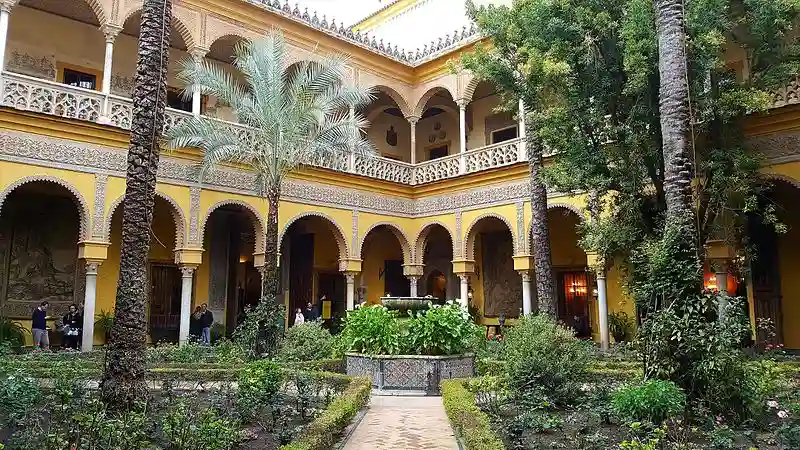
The Pineda family constructed Palacio de las Duenas in the 15th century. This palace is regarded as one of Seville’s most significant historical structures because to its unique architecture, which combines elements of Renaissance, Moorish, and Gothic styles. Apart from its gorgeous patios and gardens, Palacio de las Duenas is recognized for its vast collection of 1400 artefacts that has huge historical significance.
Plaza de Espana
Another well-known architectural gem in Seville is Plaza de Espana. This massive semi-circular plaza in the Maria-Luisa park was built in 1929 for the Ibero-American exhibition.
The main purpose of this exhibition for Spain was to strengthen ties with its formal American colonies. Today, this plaza is Seville’s most famous square. It is well-known for its exceptional fusion of Renaissance and Moorish architecture. There is also a 500-meter-long canal which is popular among couples who like to take romantic boat rides around Plaza de Espana.
Why Seville is not worth visiting
Now, let’s discuss some of the reasons why seville is not worth visiting. Like all other destinations, every travel destination has some pros and cons. Yet, in all honesty, it’s difficult to find reasons not to visit this vibrant and lovely city. There are only a few things that I believe you should be aware of before to visiting Seville.
Hot Weather of Seville
I think this is the biggest problem that tourists face when visiting Seville. Seville’s hot weather can be unbearable for some people. Especially, in summer, when the average temperature is 35 degree centigrade, Seville gets too hot. Even local Sevillanos go in search of cooler destinations in summer period. Generally, period from May to September is not ideal time to visit Seville due to high temperatures.
Pickpockets
I know this is not a big problem. However, if you are visiting Seville, you should be aware that petty crimes such as theft and pickpocketing are not uncommon. There is a good chance of encountering pickpockets in touristy areas of Seville. So, take basic safety precautions while traveling in Seville to keep pickpockets at bay.
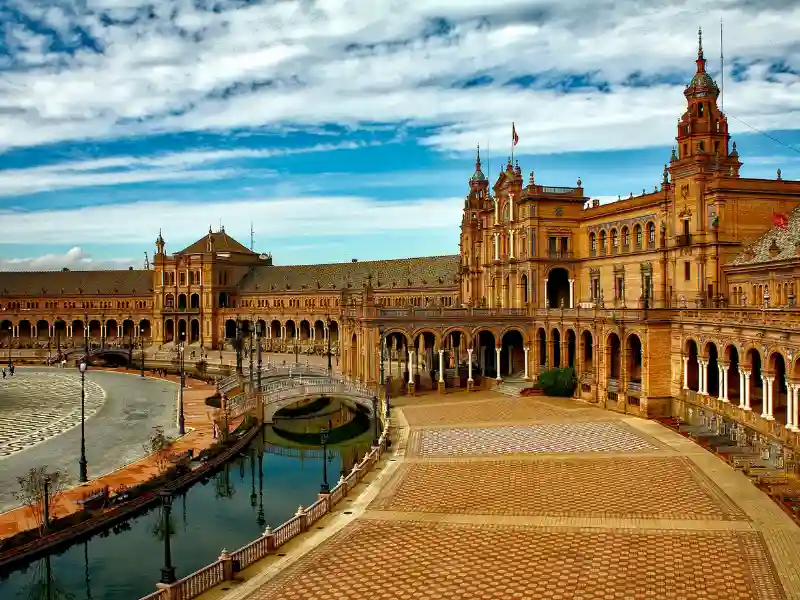
Thank you for sharing. I personally appreciate it so much.. planning on traveling as much as I can .. Sevilla next stop 🛑.. best and more economic places to stay? 😃please help
Your welcome Akire CC. Happy Travels 😊